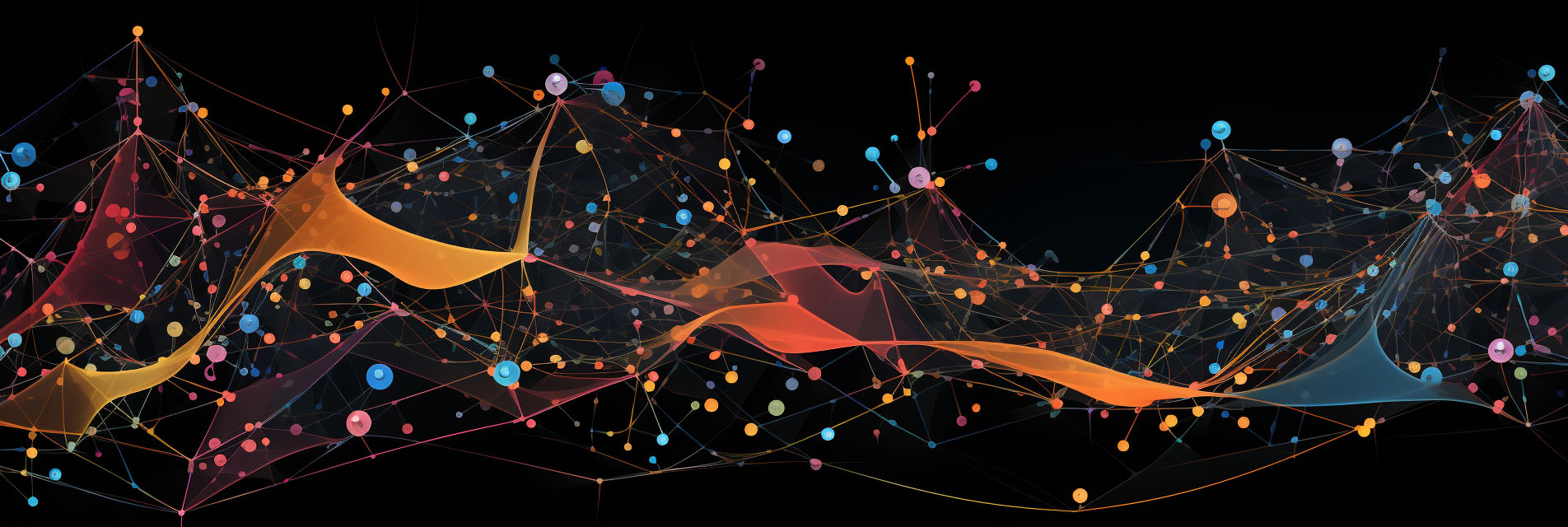Recurrent neural network

A Recurrent Neural Network (RNN) is a type of artificial neural network designed for processing sequences of data. Unlike traditional feedforward neural networks, RNNs have connections that loop back within the network, allowing information to persist. This architecture makes RNNs well-suited for tasks involving sequential data, such as time series analysis, natural language processing, and speech recognition.
The key feature of an RNN is its hidden state, which captures information about the sequence up to a certain point. The hidden state is updated at each step of the sequence, and it influences both the output at that step and the hidden state at the next step. This allows RNNs to exhibit temporal dynamic behavior and "memory" of past events in the sequence.
However, RNNs have some limitations, particularly when dealing with long sequences. They are prone to issues like vanishing and exploding gradients, which make it difficult to train them on long sequences and capture long-term dependencies. To address these challenges, more advanced types of RNNs have been developed, such as Long Short-Term Memory (LSTM) networks and Gated Recurrent Unit (GRU) networks. These variants introduce additional gates and parameters to help the network learn long-term dependencies more effectively.
RNNs have a wide range of applications. In natural language processing, they are used for tasks like machine translation, text generation, and sentiment analysis. In speech recognition, RNNs can be used to model the sequential nature of spoken language. They are also used in financial markets for time series prediction, in autonomous vehicles for path planning, and in many other domains where sequence data is prevalent.
Despite the advent of more advanced architectures like Transformers, which have shown superior performance in certain tasks, RNNs remain a fundamental tool in the machine learning toolkit due to their effectiveness in modeling sequential data.
Recurrent Neural Networks are a class of artificial neural networks designed to handle sequence data. They are characterized by their looping connections, which give them the ability to maintain a hidden state and thereby "remember" information from earlier in the sequence. While they have some limitations, particularly in capturing long-term dependencies, variants like LSTMs and GRUs have been developed to address these issues. RNNs are widely used in various applications, from natural language processing to time series analysis.